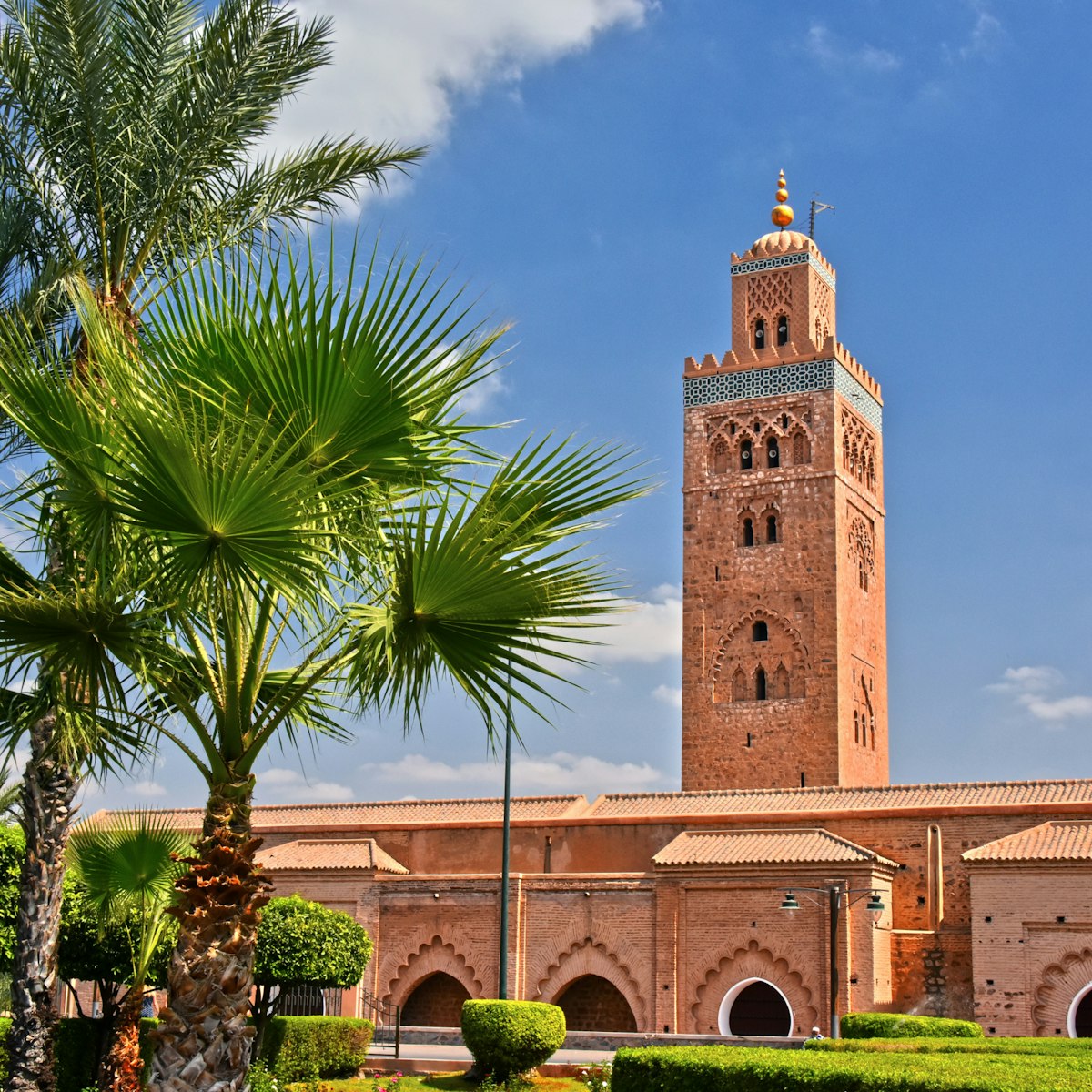While house-hunting in the medina, Parisian Patrick Menac'h stumbled across a historic treasure of great cultural significance. Beneath the layers of white plaster of a modest riad's 1st-floor douiria (guest apartment) was a jewel of domestic Saadian architecture from the 1560s. The riad's ground-floor rooms hold a small collection of Amazigh artefacts and temporary photography exhibitions, but the painstakingly restored interior of the upstairs salons are the true star of this charming museum. There's also a small rooftop cafe.
The other major projects of this period, when the Saadians were busy transforming Marrakesh into their imperial capital, are all grand in scale – the mosques at Mouassine, Bab Doukkala, Ben Youssef and Sidi Bel Abbes. But this bijou 1st-floor douiria was created by a chorfa (noble) family after the Saadians relocated the Mouassine Jews to the mellah (Jewish quarter) and gave the city a new dynamic.
The douiria, in its restored form, is thus an important example of domestic architecture in this era and a commentary on the courtly art of hospitality. Imagine the mindset of travel-weary guests as they entered the main salon with its symphony of colour: verdigris and apricot climb the walls in a vertical garden, while bedrooms are trimmed with sculpted Kufic script framed by azure blue and finished with a fine Pompeian red skirting. You may assume the vivid colours on show are the work of the 24-man restoration team, but the decor is, amazingly, original – their vibrancy preserved beneath layers of plaster for centuries. In the side salon, you can view a fascinating short video of some of the restoration methods.
Menac'h, who set up the museum, is also behind Maison de la Photographie.








